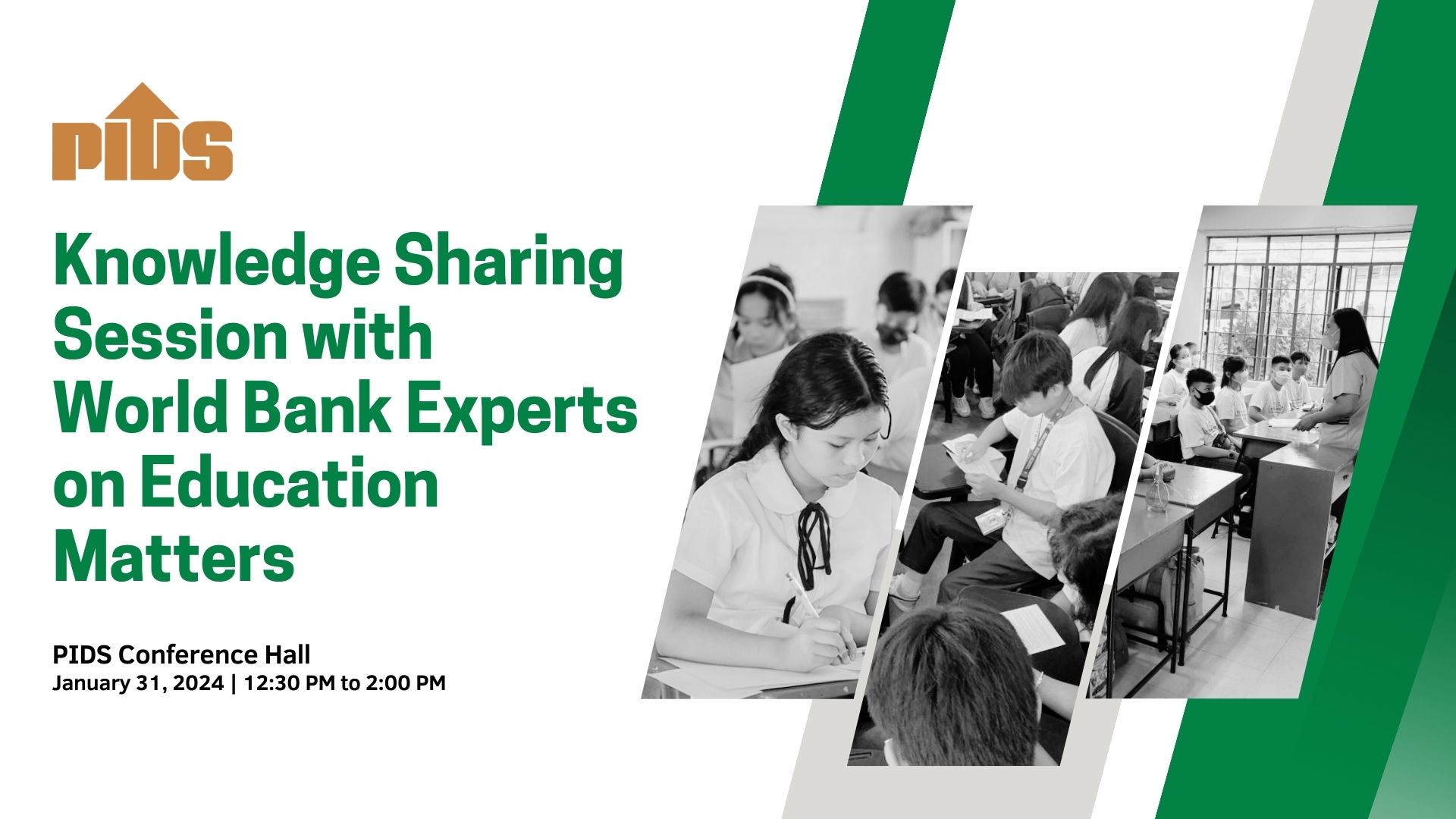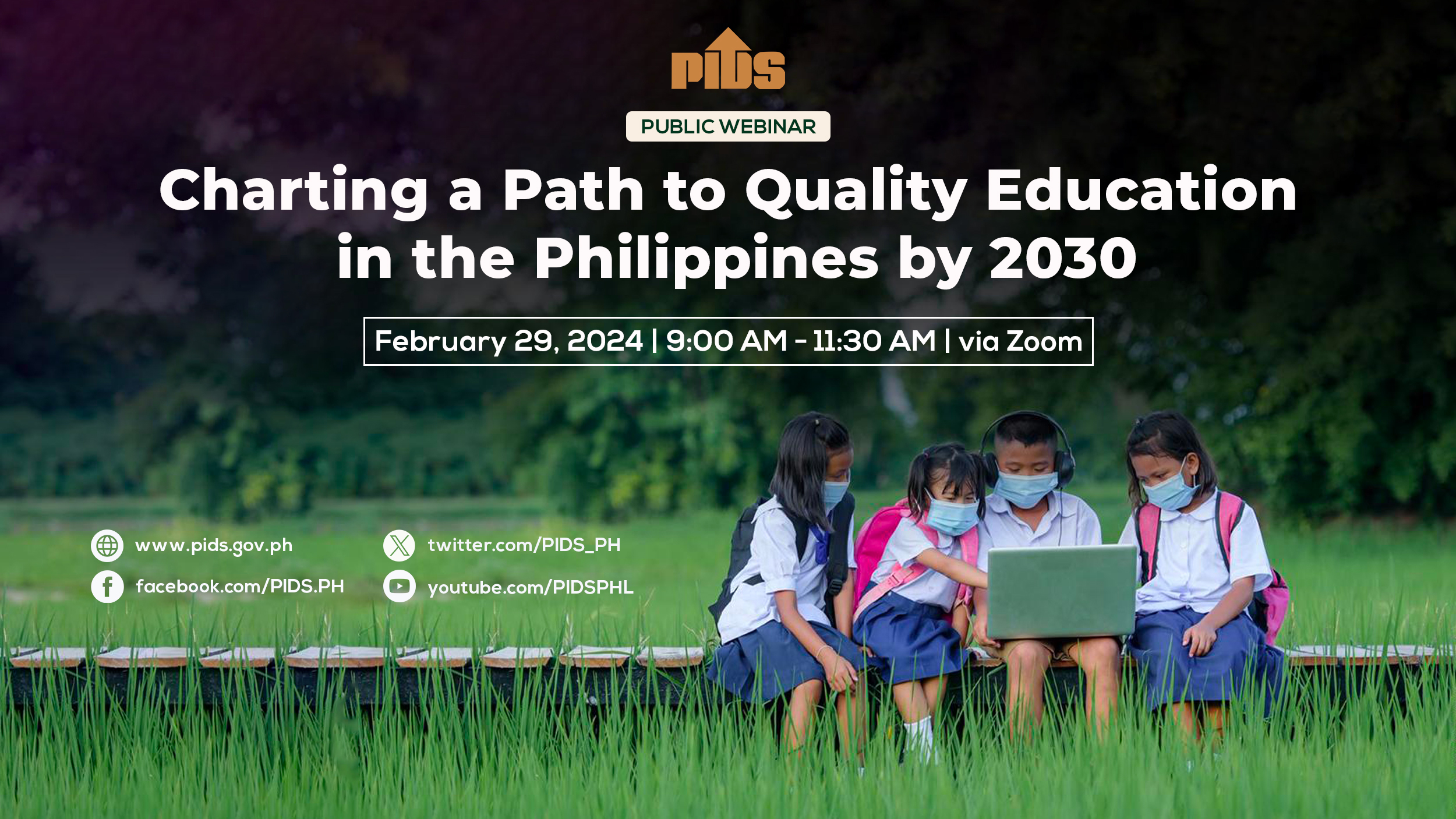“It makes me anxious,” John Carlou, 20, confesses when asked how he feels about remote learning. “Since it started, I have been struggling financially, mentally, and emotionally. Also, learning at home does not work well for me because I keep doubting myself.”
The eldest among four children, John Carlou resides in the rural Daanbantayan town in northernmost Cebu. An incoming third-year student of political science at the University of the Philippines (UP) Cebu, he admits that he feels “alienated” and is still adjusting to the virtual set-up. He worries about his performance, especially during the heavily stressful final exams, which reflects on the grades he received last semester.
“My first sibling is an incoming college student and the other two are junior high school students,” John Carlou shared. “Thus, I am working online while studying to ease my parents’ financial burden.”
This was not always the case. During the height of COVID-19 lockdowns in the middle of 2020, John Carlou was stranded in the mountainous Calape town in Bohol and had tremendous difficulty accessing the Internet for class. Despite these odds, he opted to enroll last year “to graduate, find a decent job, [and] help the family financially.”
John Carlou and his siblings are among the more fortunate in the country’s pioneer batch of learners under the duress of a pandemic. Indeed, remote learning is the first major nationwide pedagogy change since the K-12 program shift seven years ago and many students and their families have found difficulty in adapting.
In November 2020, the Department of Education (DepEd) revealed that an estimated 2,732,467 elementary and high school students did not enroll for academic year 2020-2021. The agency has since retracted this pronouncement, stating in January 2021 that most of these unaccounted learners “either shifted from one mode of learning to another or migrated from one geographical location to another.”
In higher education, the Philippine Association of State Universities and Colleges foresaw in September 2020 that over 44,000 college students may fail to enroll for academic year 2021-2021.
The Commission on Higher Education (CHED) has not released official enrollment numbers as of yet, but Chairperson Prospero de Vera’s May 2021 declaration — “flexible learning will be the norm; there’s no going back”— has vexed both critics and the general public.
When asked why several learners like him in Daanbantayan were compelled to put off their education, John Carlou noted “lack of gadgets and financial instability” as chief causes. That is, of course, a reflection of the country’s widespread poverty aggravated by the pandemic era economic downturn. Alongside the global health threat, there are high education costs, breadwinner displacements, and family and personal problems that may shove schooling priorities to the sidelines.
In April 2020, the unemployment rate spiked at 17.7 percent. According to the Philippine Institute for Development Studies, only 1 percent of poor households; 6 percent of low-income households; and 27 percent of lower middle-
income households have computers to work with, citing 2015 numbers from the Philippine Statistics Authority.
The COVID-19 pandemic has laid bare the Philippine education system’s rigid and inaccessible nature which, when coupled with severe government ineptitude, lead to crises in health, employment, and education with repercussions that may last generations whole. With the heftier chunk of the national budget at their disposal, the education departments should undertake immediate, more lasting and inclusive interventions to bring students back to classrooms, whatever form that may be.
“Leaders should be reminded that,” John Carlou concludes, “even during a pandemic, the quality of education that we are giving our students reflects the kind of community we have.”
Lessons Unlearned: Fight for Inclusive Education Carries into Second Year of Remote Learning












